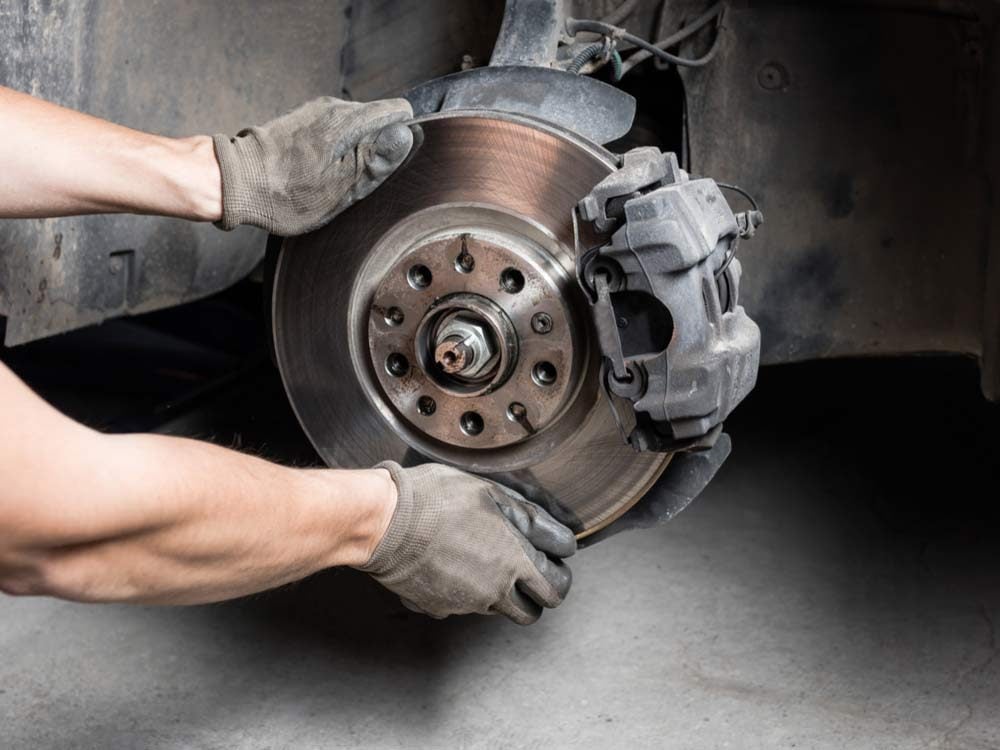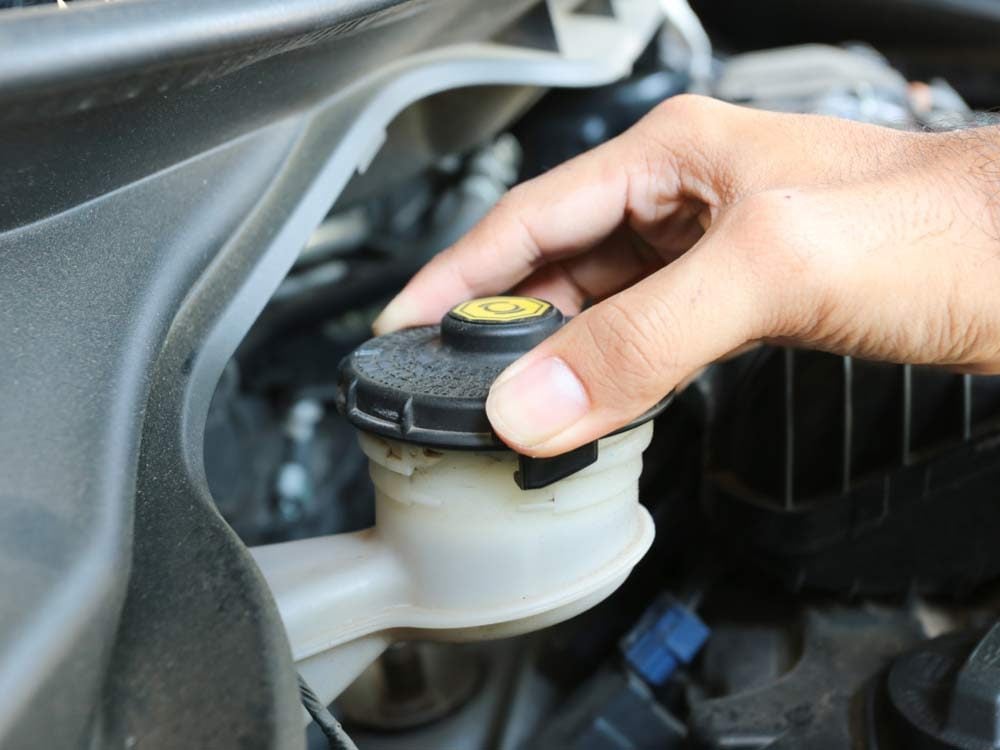
Checking Brakes: Step-by-Step Instructions
Modern vehicles may be complicated, but there are still several things every car owner can do to make sure their ride is running—and stopping—properly, like checking brakes. Learn how to conduct a basic brake system check with these tips from the experts at NAPA Canada. Note: It may be helpful to check your vehicle’s owner manual to see if it offers any specific information on brake maintenance. You may also want to consult a suitable service manual.

How to Perform a Brake System Check
Brake fluid levels: Before you begin, make sure your car is on a level surface. The brake fluid level should fall between the lines marked “min” and “max.” If you need to add brake fluid, use the recommended fluid from a sealed container and follow the procedure listed in your owner’s manual.
Brake fluid condition: Because it absorbs water and is subjected to heat, brake fluid breaks down over time. One possible outcome—fluid oxidation—can wear out the hydraulic system. New brake fluid should be golden-coloured; if it’s black, it’s time for a replacement. (Learn how to change your own brake fluid.)
Brake warning light: The brake warning light may come on for a variety of reasons, including activation of the parking brake, low brake fluid level, unbalanced hydraulic fluid flow or low brake pad friction material thickness. Never ignore the brake warning light.

How to Perform an Operational Check
The key to keeping on top of brake maintenance is being observant as to how your brakes feel when you’re using them. Here are a few things to watch out for:
Abnormal noises: You should hear almost nothing when slowing down and coming to a stop. Any squealing, scraping or rubbing noises are a sure sign that something is wrong. Clicking or clunking sounds could be indicative of loose brake or suspension parts. Abnormal noises could be also caused by a loose bolt or a broken pad. Here are more strange car sounds—and what they could possibly mean.
Pulling left or right: If the vehicle pulls to one side, you may have a hydraulic or mechanical problem on your hands. For instance, if the vehicle pulls to the right on braking, one of the driver-side brakes could be at fault, perhaps due to air in the system or a seized brake caliper slider or piston. Uneven brake pad wear may also indicate faulty brakes. (This is how often you should change your brake pads.)
Pedal feel: When you step on the brake pedal, it should feel more firm the harder you step on it. If you step on the pedal and it feels light with instances of sudden heaviness, there may be air in the system or a mechanical fault, such as a seized caliper slider. For cars with rear drum brakes, it may be time for a rear brake adjustment. Find out what to do if your car shakes when braking.
For more great tips on how to maintain your car and to find the parts you need, visit NAPA Canada.
Next, check out more car problems you can diagnose (and fix) yourself.